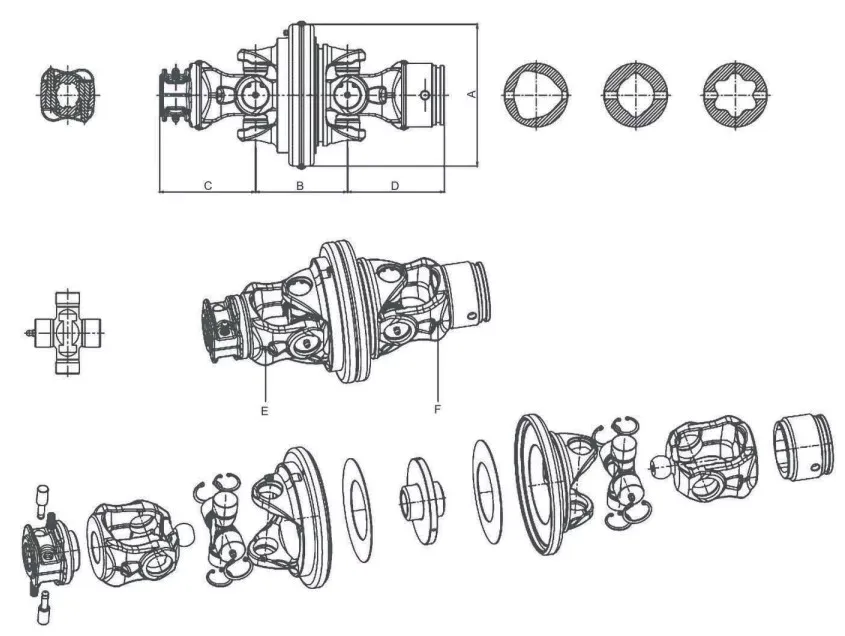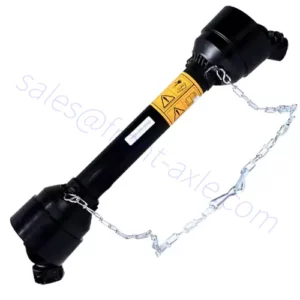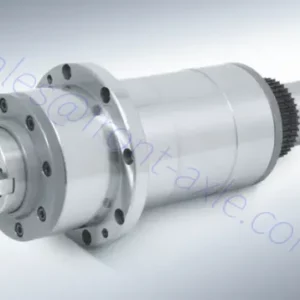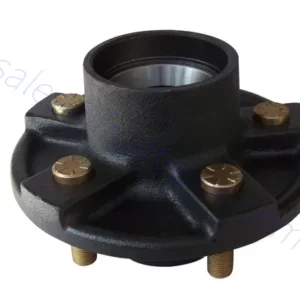Description
WA Series Wide Angle Joint
A wide-angle joint, also known as a high-angle joint or long-travel joint, is a type of constant velocity (CV) joint used in vehicle drivelines and power transmission systems. It is designed to accommodate large operating angles, allowing for increased suspension travel or extreme articulation.
| Series | Cross | A(mm) | B(mm) | C(mm) | D(mm) | E | F |
| 2WA.01 | 23.8*61.3/22*76 | 153 | 104 | 119 | 105 | 2WA.0505B/D/G | 2WA.06/06L |
| 4WA.01 | 27*74.6/23.8*91 | 153 | 104 | 124 | 110 | 4WA.0505B/D/G | 4WA.06/06L |
| 6WA.01 | 30.2*92//27*100 | 176 | 105 | 136 | 127 | 6WA.0505B/D/G | 6WA.06/06L/06ST |
| 8WA.01 | 35*106.5/30.2*106 | 184 | 120 | 146 | 147 | 8WA.0505B/C/D/G | 8WA.06/06L/06ST |
| 32WA.01 | 32*76/27*94 | 176 | 126 | 126 | 117 | 32WA.0505B/D/G | 32WA.06/06L/06ST |
| 36WA.01 | 36*89/32*106 | 184 | 125 | 125 | 126 | 36WA.0505B/C/D/E | 26WA.06/06L/06ST |
| 42WA.01 | 42*104.5/36*124 | 184 | 124 | 149 | 150 | 42WA.0505B/C/D/E | 42WA.06/06ST/06G |
Benefits of Wide Angle Joint
Wide-angle joints, also known as high-angle or long-travel joints, offer several benefits in certain vehicle applications, especially those with increased suspension travel or extreme operating angles. Here are some benefits of wide-angle joints:
- Increased Articulation: Wide-angle joints can accommodate greater suspension travel and steering angles compared to standard CV joints. This is particularly beneficial in off-road vehicles, trucks, and SUVs that need to navigate uneven terrain or tackle obstacles. The increased articulation allows for better wheel travel and improved off-road capability.
- Enhanced Maneuverability: Vehicles equipped with wide-angle joints can achieve sharper turning angles without binding or damaging the joint. This can be advantageous in off-road situations, tight corners, or when maneuvering in confined spaces. The improved maneuverability helps enhance the vehicle’s agility and responsiveness.
- Reduced Binding and Increased Durability: Wide-angle joints are designed to withstand higher operating angles without binding or causing excessive wear. They are engineered with specialized components, such as larger ball bearings or tripod designs, that can better handle the increased stress and articulation. This increased durability can contribute to a longer lifespan and reduced maintenance needs.
- Improved Traction: Wide-angle joints allow the wheels to maintain better contact with the ground, even during extreme suspension articulation or when driving on uneven surfaces. This improved traction helps optimize power delivery to the wheels, enhancing vehicle control and performance.
- Smooth and Comfortable Ride: By allowing the suspension to travel more freely and accommodating larger steering angles, wide-angle joints can contribute to a smoother and more comfortable ride. They help absorb impacts and vibrations, reducing the transfer of harshness to the vehicle’s occupants.
It’s important to note that wide-angle joints may not be necessary or beneficial for all vehicles. Their advantages are primarily relevant to off-road vehicles, vehicles with lifted suspensions, or those operating under extreme angles. Additionally, wide-angle joints may have certain trade-offs, such as increased complexity, cost, or reduced efficiency compared to standard CV joints. Therefore, the use of wide-angle joints is typically determined by the specific vehicle application and its intended use.




